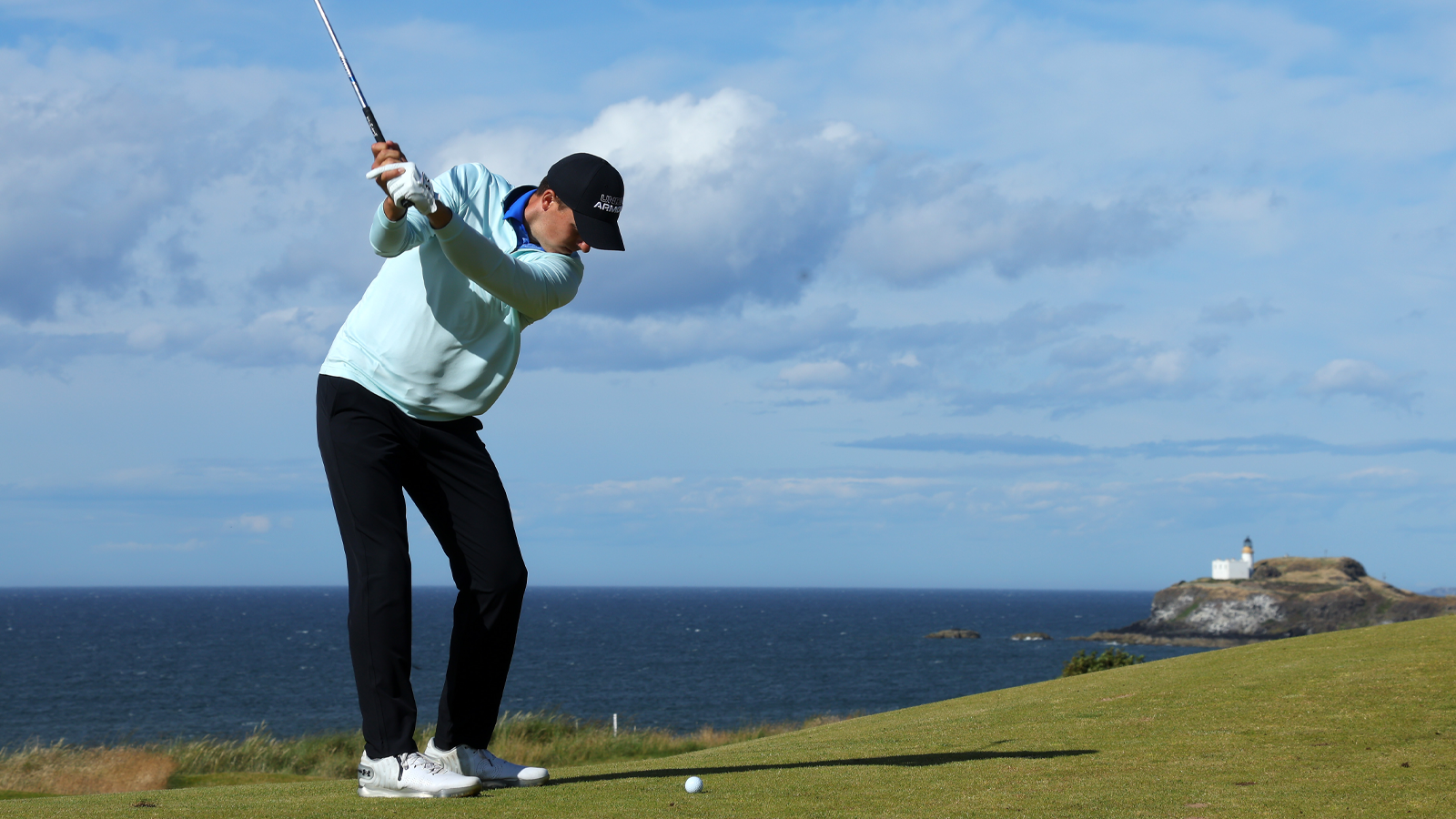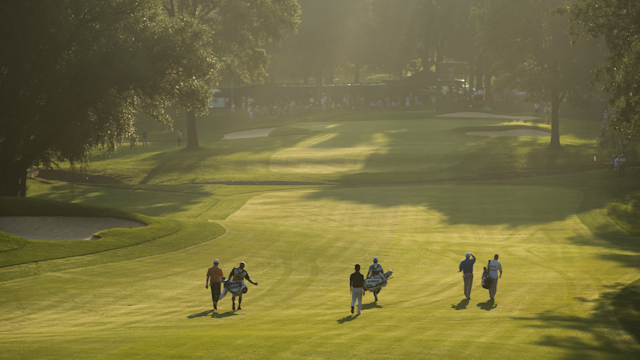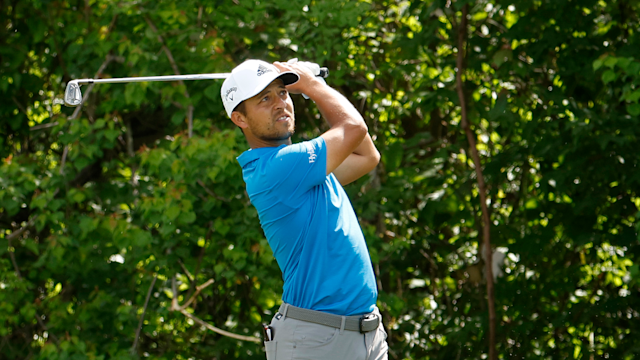quick coaching
How to Play in the Wind
By Keith Stewart, PGA
Published on

Jordan Spieth of USA plays their second shot on the 13th during Day Two of the Genesis Scottish Open at The Renaissance Club on July 08, 2022 in North Berwick, ScotlandGetty Images
Jordan Spieth is pretty good at golf. The young Texan has won three major championships, played on several Ryder Cup teams and has accumulated thirteen wins on the PGA Tour. In fact, one of his major victories came at the 2017 Open Championship. Any golf fan would think that Spieth knows exactly how to play in the wind. Watch as Jordan and his caddie Michael Greller evaluate the wind on the short Par 3 6 th hole during the second round of the Genesis Scottish Open.
Jordan had no idea what the wind was going to do. He consulted with Michael and still seemed unsure. Following the strike, any amateur would think Jordan would automatically know how far the ball would go. He didn’t. His guess of the ball flight was almost twenty yards short of the 111-yard target. Unbeknownst to Spieth, Greller’s guess was right, and the ball landed next to the pin.
As a PGA Coach, I’m here to explain golf is an educated guess. Even when the conditions are calm, we make our best decision and play to the target. When we witness a moment like Jordan’s it should boost our confidence. Even the most skilled players in the world can’t “know” everything.
How did he manage to hit such a quality shot when it looked as if he really had no clue? Here’s what we all can learn for this moment; Jordan used his usual thought process to come up with the best plan possible.
Do you have a simple plan in place every time you are ready to strike a golf shot? If you don’t, you’re leaving way too much to chance in a game that already lacks a large amount of control. The next time you play, start to develop a pre-shot plan that incorporates these keys.
1. Get the yardages you need.
Don’t take anything for granted. This won’t make you play slower; in fact, it will speed you up. Establishing the carry distance, landing target and max distance needed to hit a good shot. Having those numbers prior to making any decision on the course is mandatory for playing successful golf.
2. Evaluate the conditions.
Is there an elevation change, wind, weather, etc. Quickly go through the influences that matter.
3. Compare the situation to the yardage.
Take yardage off for a downhill shot, add a club for hitting into the wind. Make every accommodation before you get to the ball. Be honest with yourself. Great players never try to accomplish the extraordinary. If you need an extra club, take it. Be quite conservative in this part of the decision-making process.
4. Validate.
If you have a caddie or partner(s) ask them for a little validation. Check with them and get a second opinion to increase your confidence.
5. Believe.
Follow Greller’s lead here. He didn’t really know, but in telling Jordan it was good, he helped Spieth confidently swing. You probably won’t have a caddie and may not have a partner. Believe in your own decision making.
This well-rounded approach not only covers all the elements involved, but it truly builds your confidence in preparing to play the shot. The self-belief is the difference between Jordan’s result and ours. He lands on the green because he commits to the shot. Add these steps to your pre-shot prep and you’ll soon be pleasantly surprised with the results just like Jordan.


